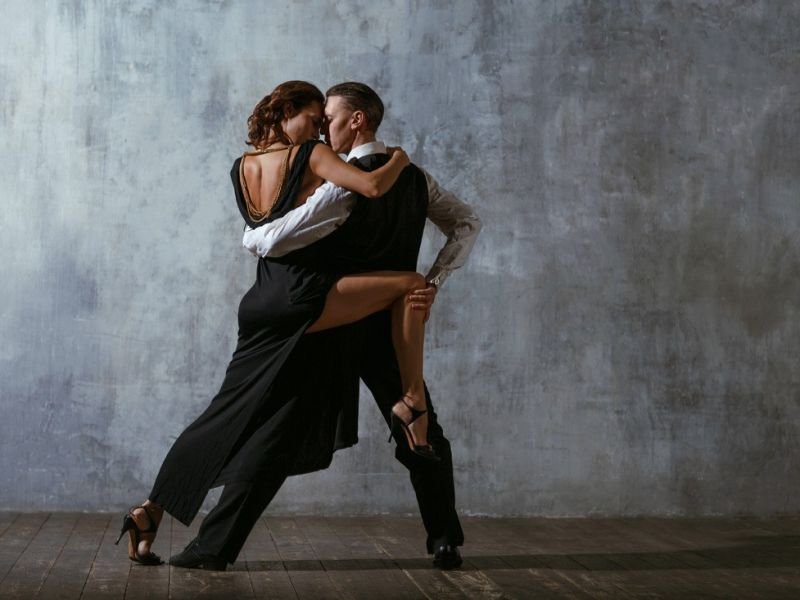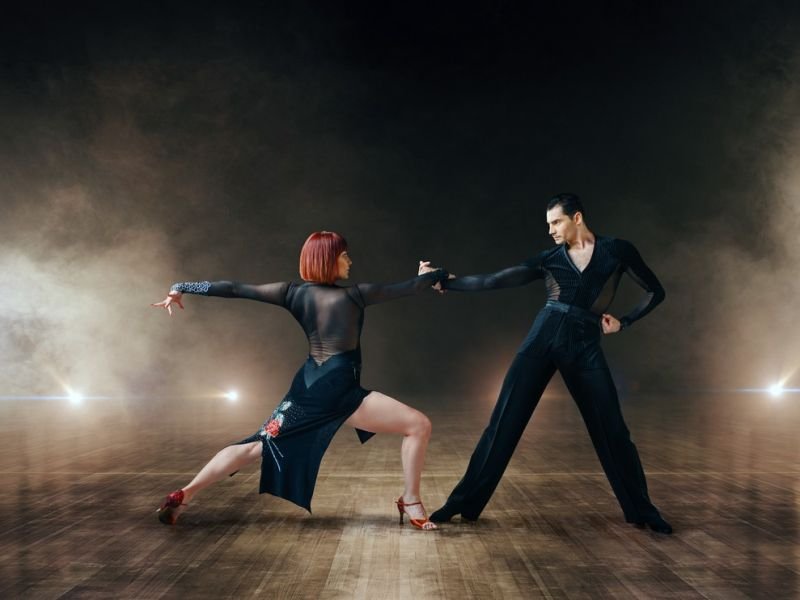Introduction
Breakdance, also known as breaking or b-boying, is an energetic and athletic form of dance that has its roots in the hip-hop movement. Combining stylized footwork and awe-inspiring moves such as back spins and head spins, breakdance has become a popular dance style around the world. In this comprehensive article, we will explore the development and history of breakdance, its impact on popular dance styles like ballet, jazz, and contemporary, and how it paves the way for creativity and innovation within the dance community.

The Development and History of Breakdance
The roots of breakdance can be traced back to the late 1970s and early 1980s when Puerto Rican youth in New York City developed the dance style. It evolved from the hip-hop movement and gained popularity within the African American and Latino communities. Over the years, breakdance has grown and evolved, influencing and being influenced by other dance styles and cultures.
Elements of Breakdance
Breakdance incorporates several elements that contribute to its unique style. These elements include toprock, footwork, freezes, and power moves. Toprock refers to the dance moves performed while standing up, showcasing the dancer’s individuality and style. Footwork involves intricate floor movements and transitions. Freezes are dynamic poses that require strength and balance, often held for an extended period. Power moves are acrobatic and athletic feats that captivate audiences with their impressive execution.
Impact of Breakdance on Popular Dance Styles
Breakdance has had a significant influence on popular dance styles such as ballet, jazz, and contemporary. The athleticism and dynamism of breakdance have inspired dancers to push boundaries and explore new forms of movement. Many choreographers and dance companies incorporate breakdance elements into their performances, adding an exciting and urban flair to traditional styles. The fusion of breakdance with other dance forms has created innovative and captivating performances that appeal to a wide audience.
Breakdance in Dance Competitions
Breakdance has become an integral part of dance competitions around the world. Dance Competitions – competes.tv, an online platform, provides a space for dancers to upload and share their breakdance videos. It allows participants to showcase their talents, build a fanbase, and connect with other dancers. Breakdance competitions bring together dancers from diverse backgrounds, fostering collaboration and healthy competition. These competitions not only showcase the technical skills of breakdancers but also highlight their creativity and artistry.
Cultural Significance of Breakdance
Breakdance holds cultural significance as it originated from marginalized communities and provided a way for self-expression and empowerment. It has become a symbol of resilience, creativity, and unity. Breakdance has transcended borders, connecting people from different cultures and backgrounds through a shared passion for dance. It serves as a platform for cultural exchange and understanding, breaking down barriers and promoting inclusivity.
The Transformative Power of Breakdance
Breakdance has a transformative power that goes beyond its impressive physical feats. It encourages dancers to push their limits, explore their creativity, and express their emotions through movement. The process of learning and mastering breakdance fosters discipline, perseverance, and self-confidence. It also cultivates a sense of community and camaraderie among dancers, as they support and learn from each other.
Conclusion
Breakdance, with its roots in the hip-hop movement, has emerged as an influential and dynamic dance style. It has pushed the boundaries of creativity and innovation in the dance community, inspiring dancers of all backgrounds. From its impact on popular dance styles to its presence in dance competitions, breakdance continues to pave the way for new possibilities and artistic expression. Through its cultural significance and transformative power, breakdance connects people and fosters a vibrant and inclusive dance community.
Additional Resources:
What is the history of breakdance?
How does breakdance impact other dance styles?
Updated on March 13, 2023, 6:20 AM ET
Source: Reuters – “Breakdancing | History, Characteristics, Olympics, & Facts”



